On Saturday a woman was removed from an Alaska Airlines flight after refusing to remove a respirator she planned to wear during the flight. In the age of coronavirus, more protection always seems more prudent if you’re concerned about contracting the disease. I’m not one who is very concerned about the risks of flying, but there are plenty of people who are. And this story stands out to me as odd, as I would expect airline employees to be on board with more PPE, not less.
Disputing The Use of a Respirator
Alaska resident Judy Ferguson was traveling from Fairbanks to Seattle for necessary medical appointments. The 75-year-old suffers from lung fibrosis, something that solidly places her in the high-risk category in the event she contracts COVID-19. I’m not at all surprised that someone of her age and condition would be extremely worried about flying in an enclosed metal tube with lots of other people.
Ms. Ferguson claimed that a University of Washington doctor had told her that a typical surgical mask or cloth face covering would not provide reasonable protection if you’re in an enclosed space for more than 20 minutes. Because of this, she had elected to wear a respirator helmet, as this would provide her far more protection on a flight that exceeds four hours. She initially wore a typical N95 mask and visor, switching to the respirator only once seated on the aircraft.
An Alaska employee then asked her to remove the respirator. Although Ms. Ferguson tried to explain that the respirator offered far more protection that the surgical mask he was offering her, she was eventually removed from the plane. This was after she had even removed the respirator and put the vent-less N95 mask back on, which should comply with Alaska Airlines’ policy.
Alaska Airlines tried to rebook her on a flight two hours later, but she refused to take them up on the offer and left Fairbanks Airport. Ms. Ferguson was reportedly uncooperative and disruptive.
But was all this necessary from just trying to take extra precautions? I really don’t understand what was going on in the Alaska agents’ heads. But let’s review their policies.
Reviewing Alaska Airlines Face Covering Policy
Alaska Airlines starts off their face covering policy with a simple statement of “No mask, no travel.” All U.S. airlines require face coverings, which are to be worn covering the nose and mouth by all persons over age two on Alaska Airlines except when eating or drinking. Masks must also not have mesh, holes, or vents.
Alaska policy also states that “guests who repeatedly refuse to wear a mask or face covering will be given a final warning—in the form of a yellow card—and may be suspended from flying with us for a period of time.” There are a number of reports of passengers who have refused to wear a face covering while on an aircraft and who have been removed.
From what I read, proper face covering usage boils down to this:
- Wear a face covering that covers mouth and nose
- Use a face covering that does not have a valve/vent to directly exhale
That’s about it.
Does a Respirator Comply with Alaska Policy?
According to Judy, the N95 mask she had initially worn isn’t vented. If this is the case, it falls within Alaska Airlines policy. But the respirator appears to be the bigger issue.
For the respirator to fall under policy, it must also not be vented. That is, you need one where source control (i.e. the person’s breathing) is managed just as much as the exterior air. I don’t know whether Ms. Ferguson’s respirator featured an exhalation vent or not, but given how knowledgeable she appears to be about the other types of masks and that her N95 mask complied with policy, it’s difficult to imagine she overlooked this issue.
The other question is whether a respirator complies with other Alaska safety policies or interferes with other guests. There is a case that removing a respirator is more difficult than removing a typical face covering in the event of cabin depressurization, but it’s not that much harder. That does not seem like a safety issue to me. And no respirator is going to be large enough to invade the space of the person next to you.
This leaves me thinking that the Alaska agents are are the ones mostly at fault here. They likely didn’t know enough about the protection offered by a respirator versus an N95 or surgical mask, nor did they seem willing to try to understand Ms. Ferguson’s situation. Realizing how high-risk she is could have gone a long way to figuring out why she would be entirely willing to wear an uncomfortable respirator for over four hours. Instead it seems they didn’t appreciate her protests to remove the respirator and summarily removed her from the plane, even after she switched back to the N95 mask.
I don’t know if there is more to this story, but it seems mishandled by the airline. What do you think about the situation?

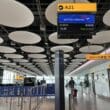


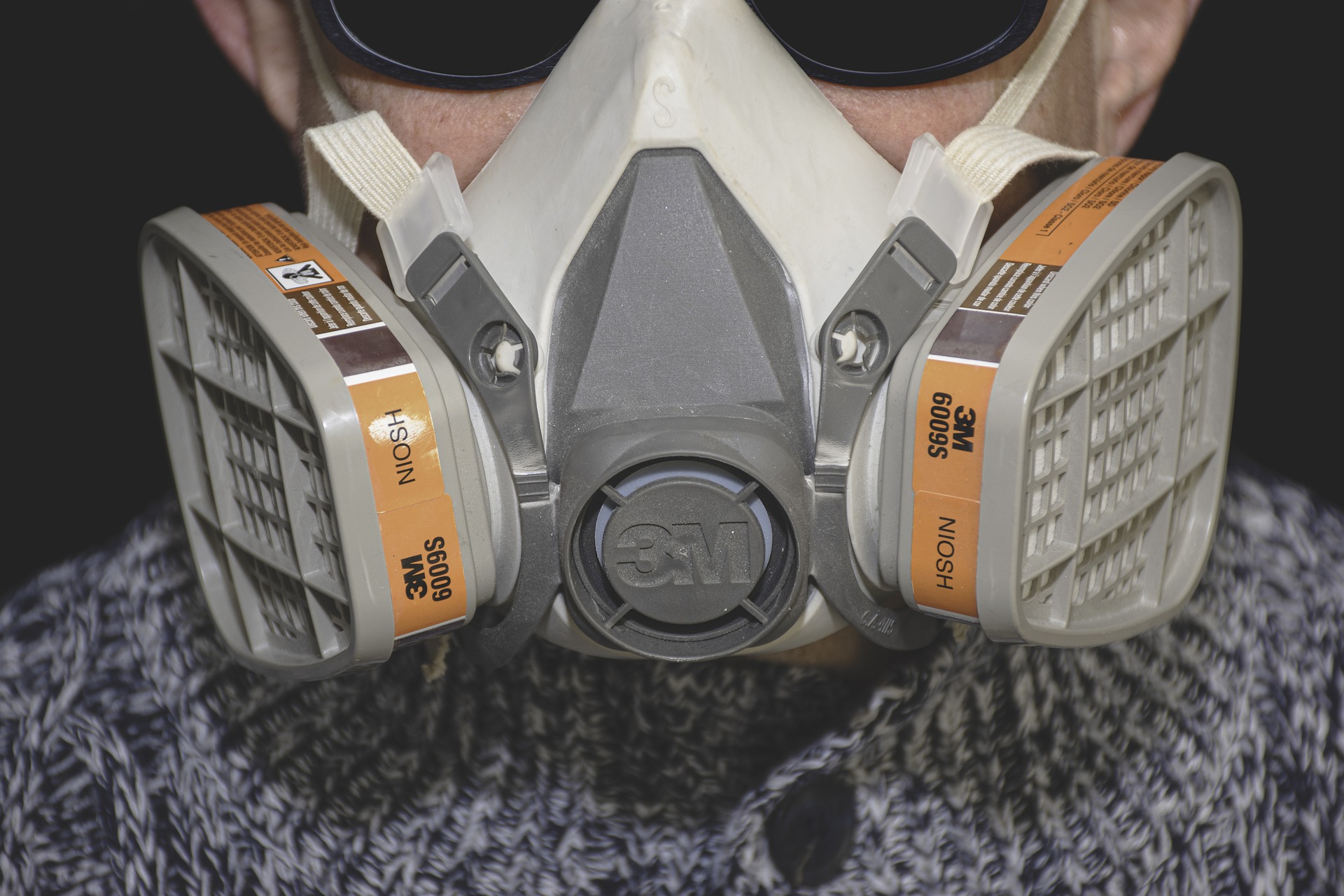


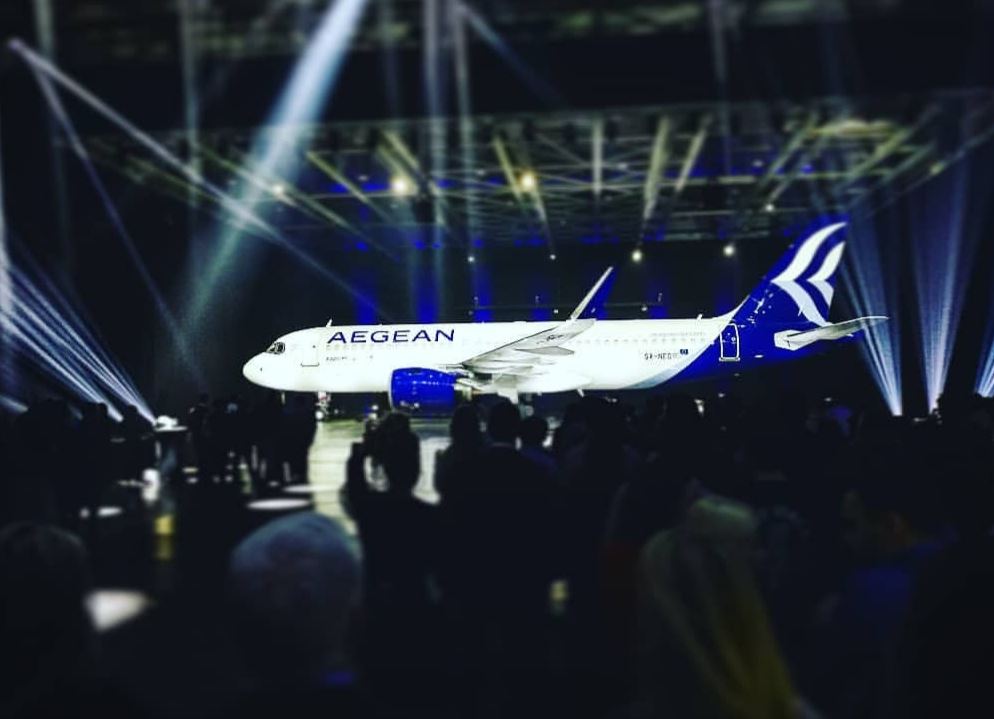
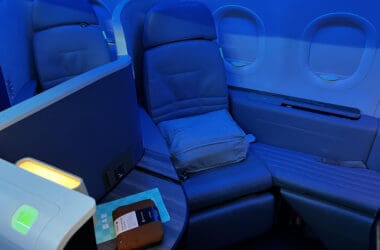
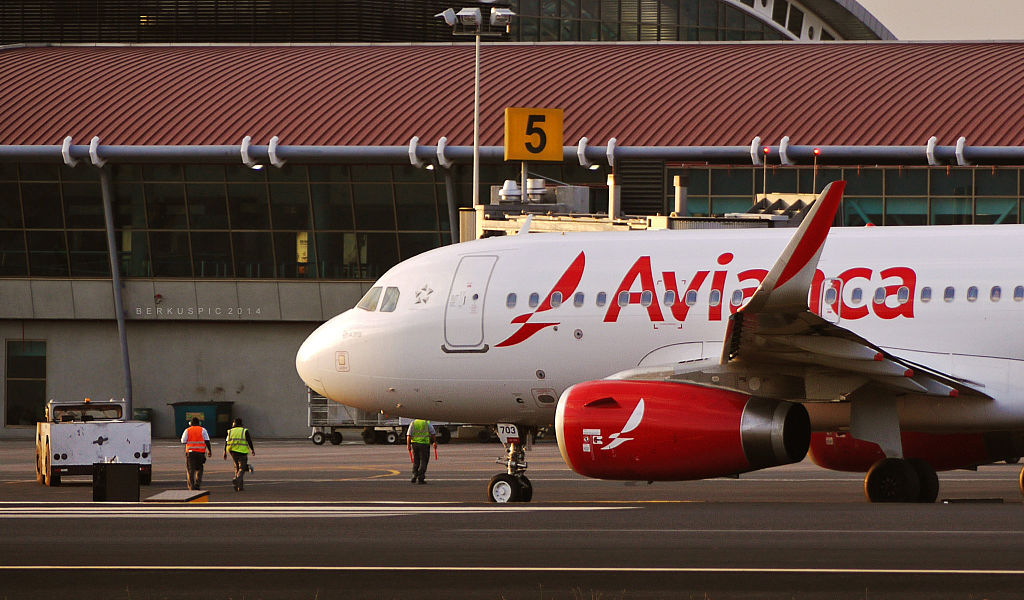
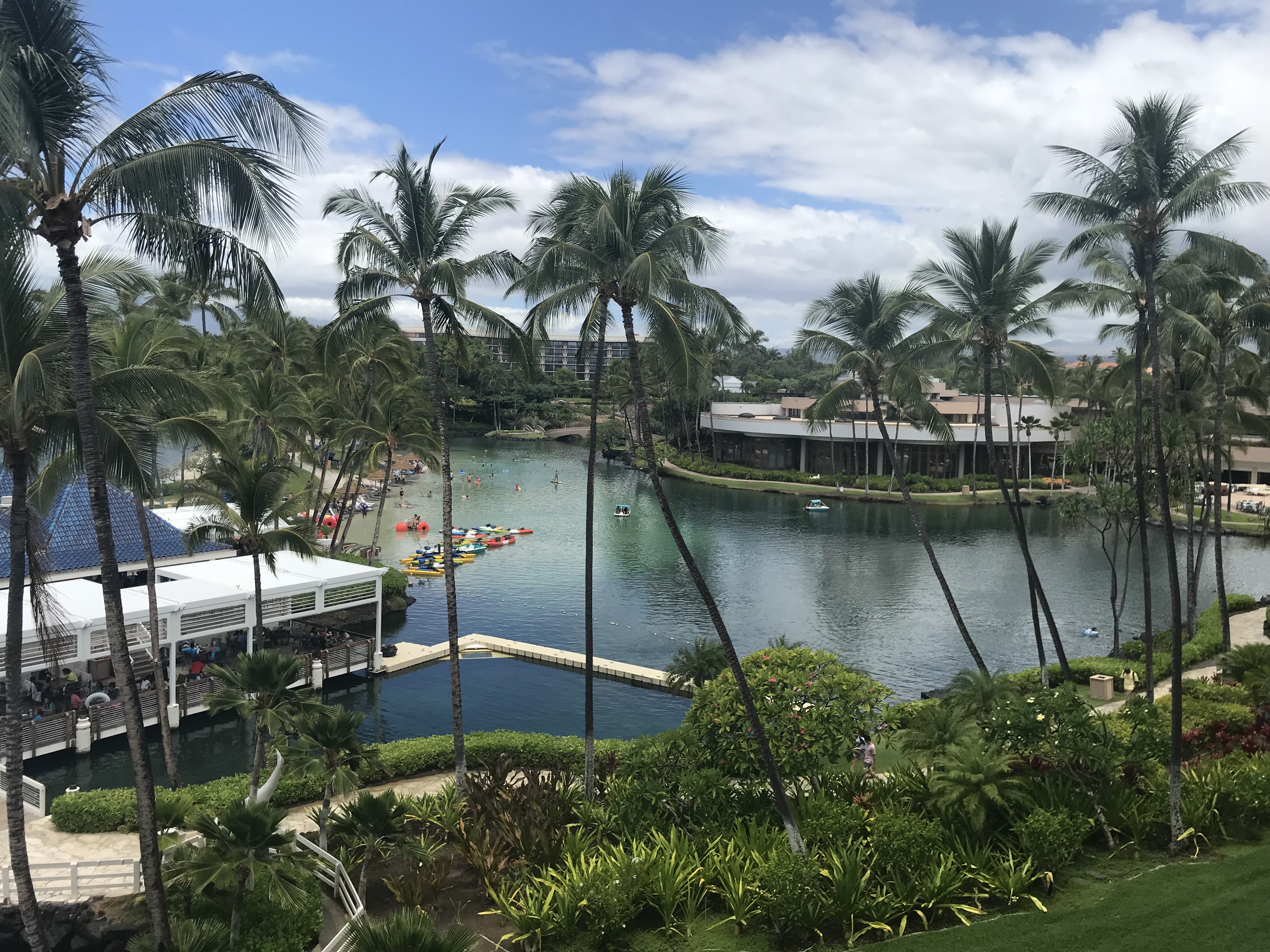
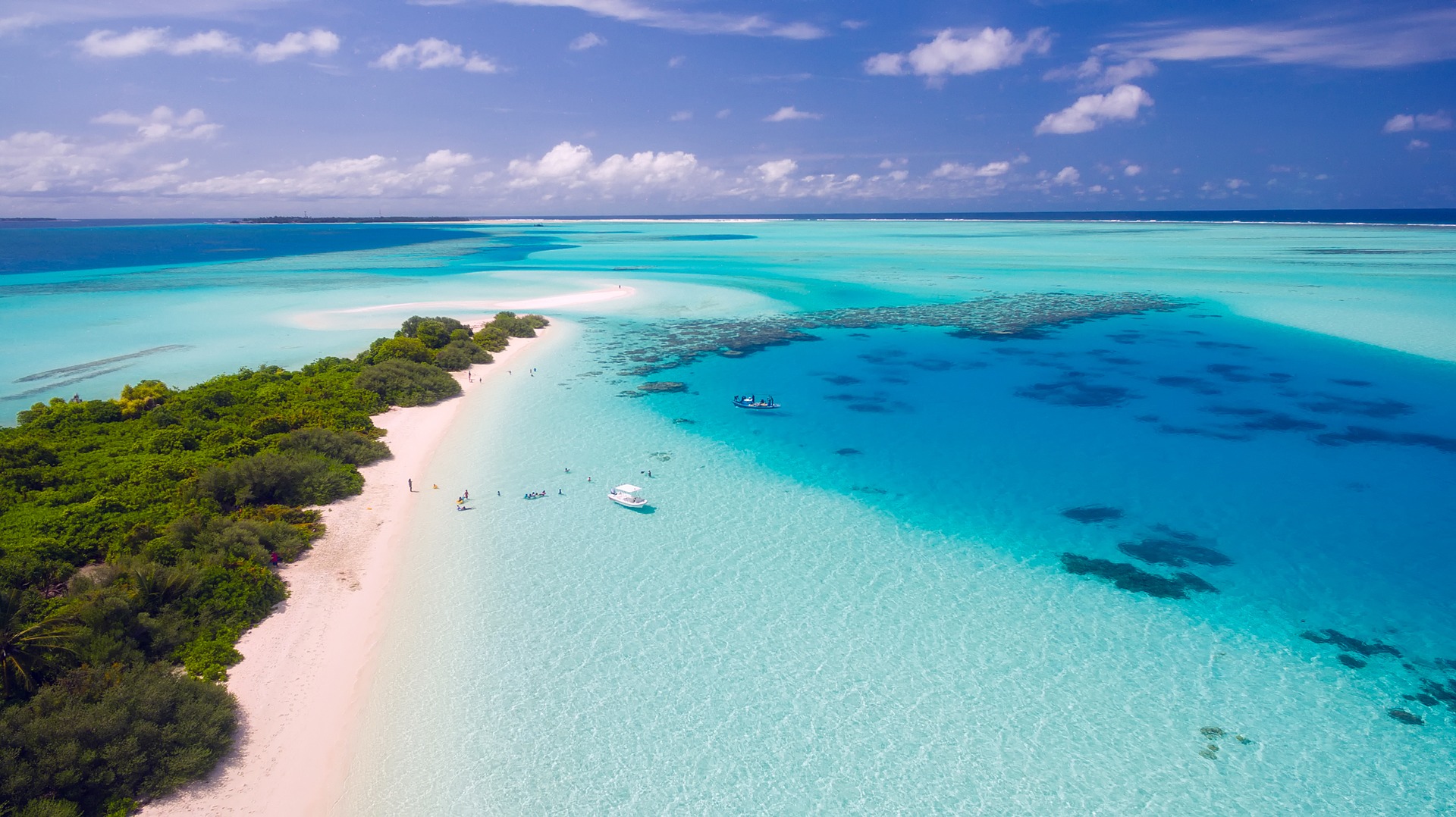
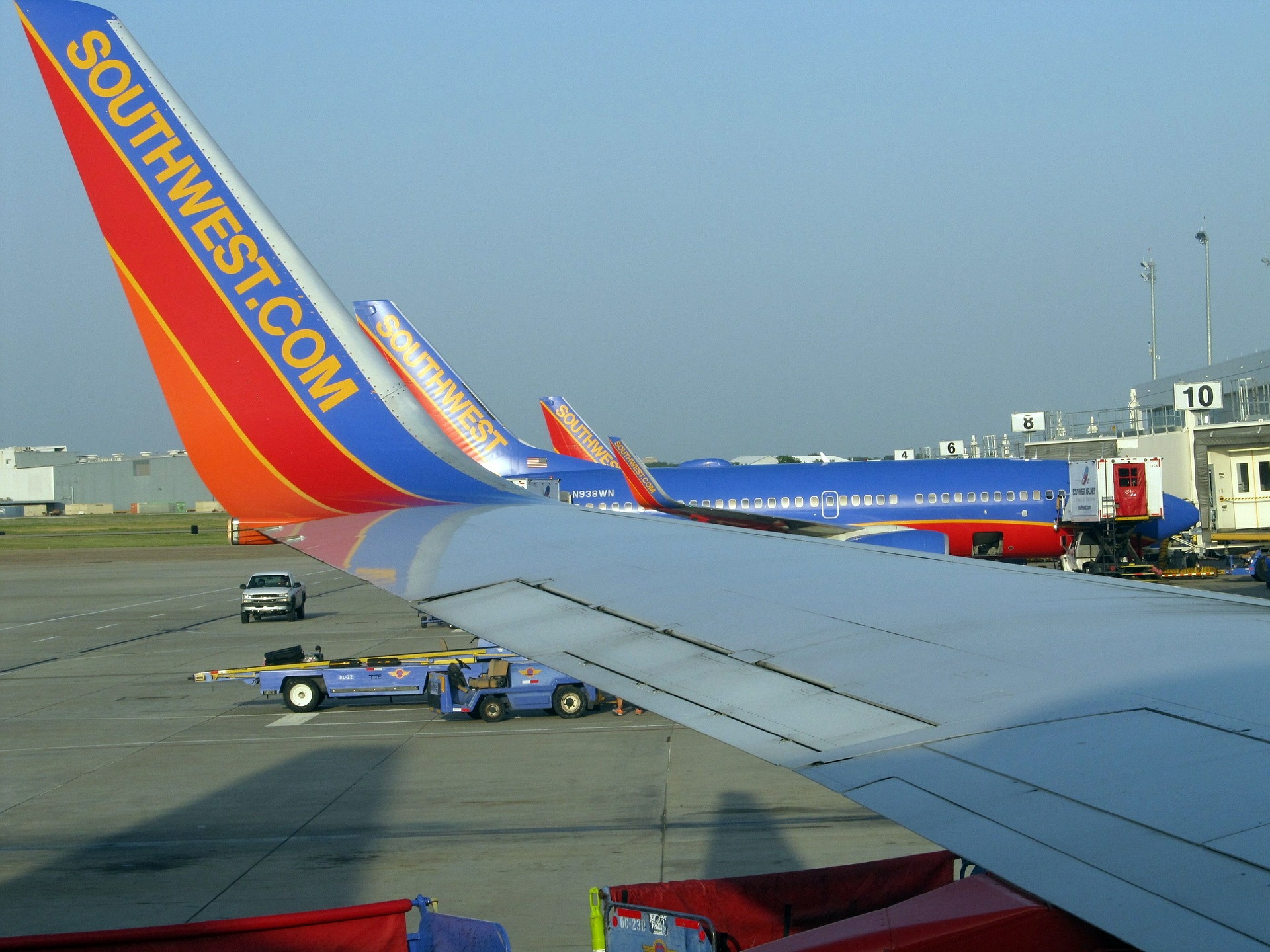
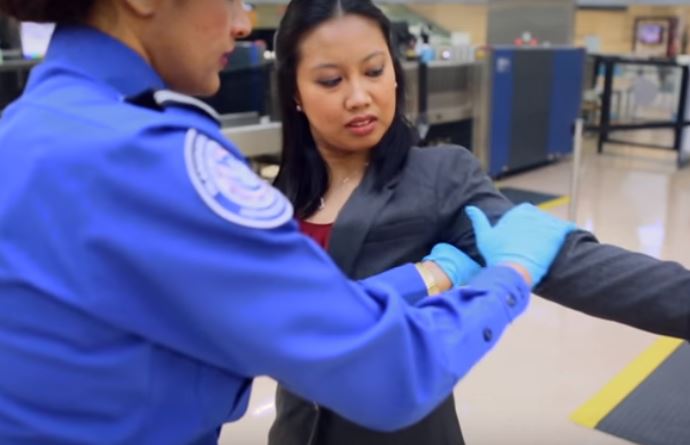
I tried to travel on Alaska this week with a Totobobo N99 ventless mask. I even printed up the cards that Totobobo provides explaining that the mask is VENTLESS and showed it to them. No dice. They wanted me to remove my n99 mask with excellent face seal and put on a crappy blue paper mask. We reached a compromise, they let me put the crappy piece of folded blue paper on over my Totobobo N99 mask. Like putting on a t-shirt over a bulletproof vest for extra protection. At least they didn’t kick me off the plane or not let me on my flight.
Lol…I don’t think enough airline crew are up to speed on all the mask options. Crazy they would swap it for a surgical, which is essentially safety theater.
1. There’s always more to the story.
2. Respirators are categorically inappropriate. It is up to each and individual respirator model to get exempted. That’s an imposition a timely departure that all passengers want.
3. Do as medical professionals do an wear a surgical mask over your vented N95 mask.
4. It’s not your doctor’s responsibility to be intimately familiar with airline policy. You have to be the informed consume.
I’ll agree that the passenger needs to be familiar, which she seemed to be based on her responses to the crew (at least from her telling of it). That respirators are categorically inappropriate seems an odd conclusion, though. She did this entirely for *her* safety, and if it can filter out viruses, it seems the best option, given her lung condition. Although I’d never wear one myself for this, I don’t fault her for taking that approach.
Before we start pointing fingers I think we should garner more facts. Right now we don’t know if her respirator was vented so all we’re doing is guessing. When we know more, then we can apportion blame.
It’s true, that is a guess. But based on what she told the Alaska news outlet, it seems she *thought* she knew what was required and what to expect. But there are always two sides to the story.